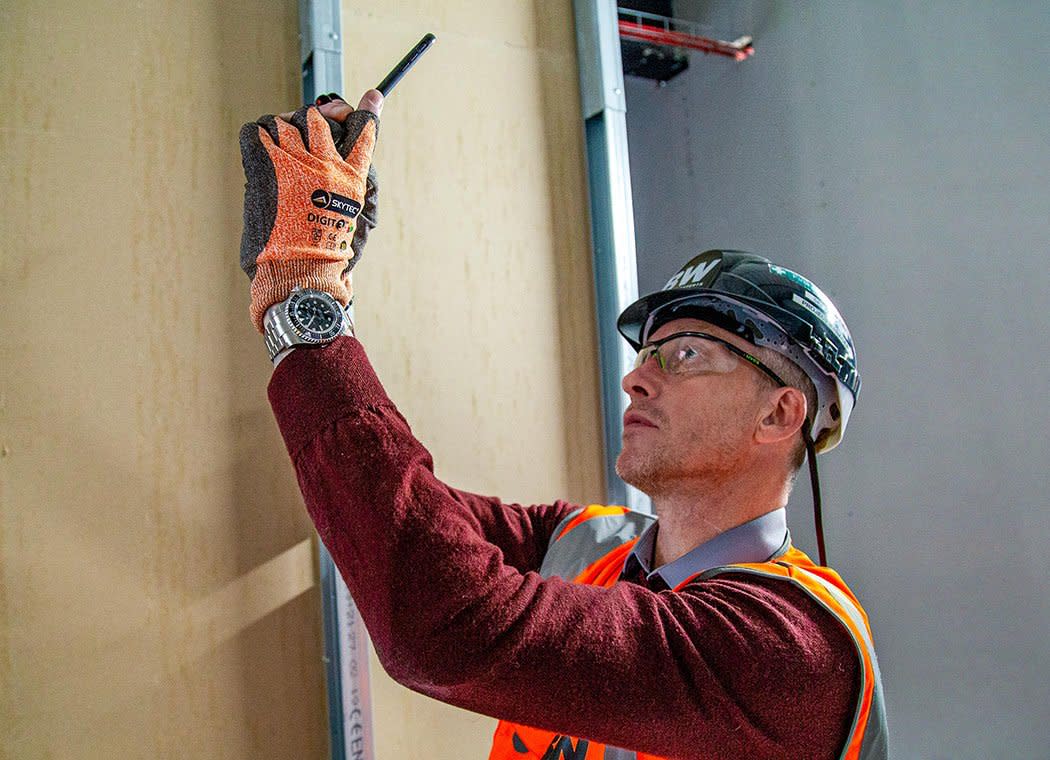Get started today.
If you can send an email, you can use Procore. Building better is really that simple.
Photos
Capture your questions, skills, and results in a snap.

Capture, store, and share your project photos in a secure online archive.
Take photos from your smartphone, tablet, or computer
Store and organise an unlimited amount of digital photos
Mark up your photos with details and comments
“With Procore it's instant, right from the mobile app.”
Dustin Burns
Vice President of IT
McCownGordon
If you can send an email, you can use Procore. Building better is really that simple.